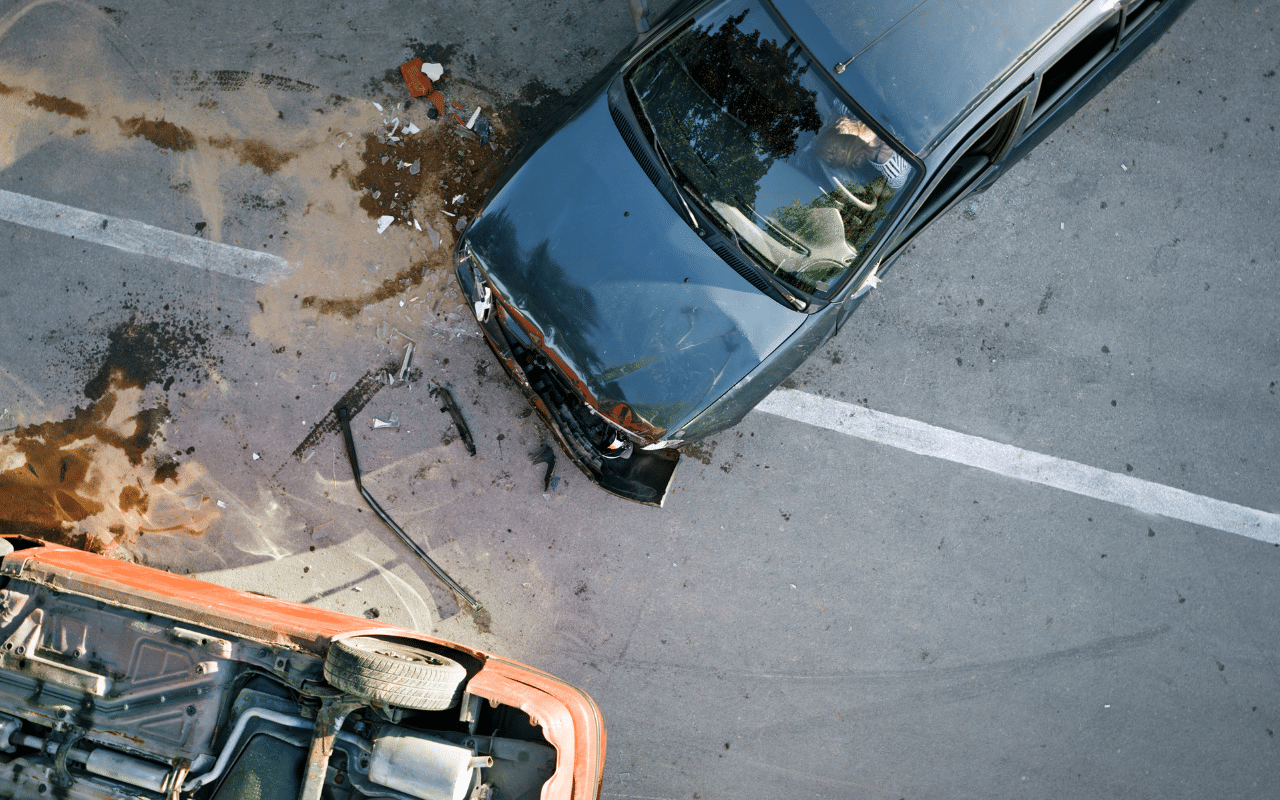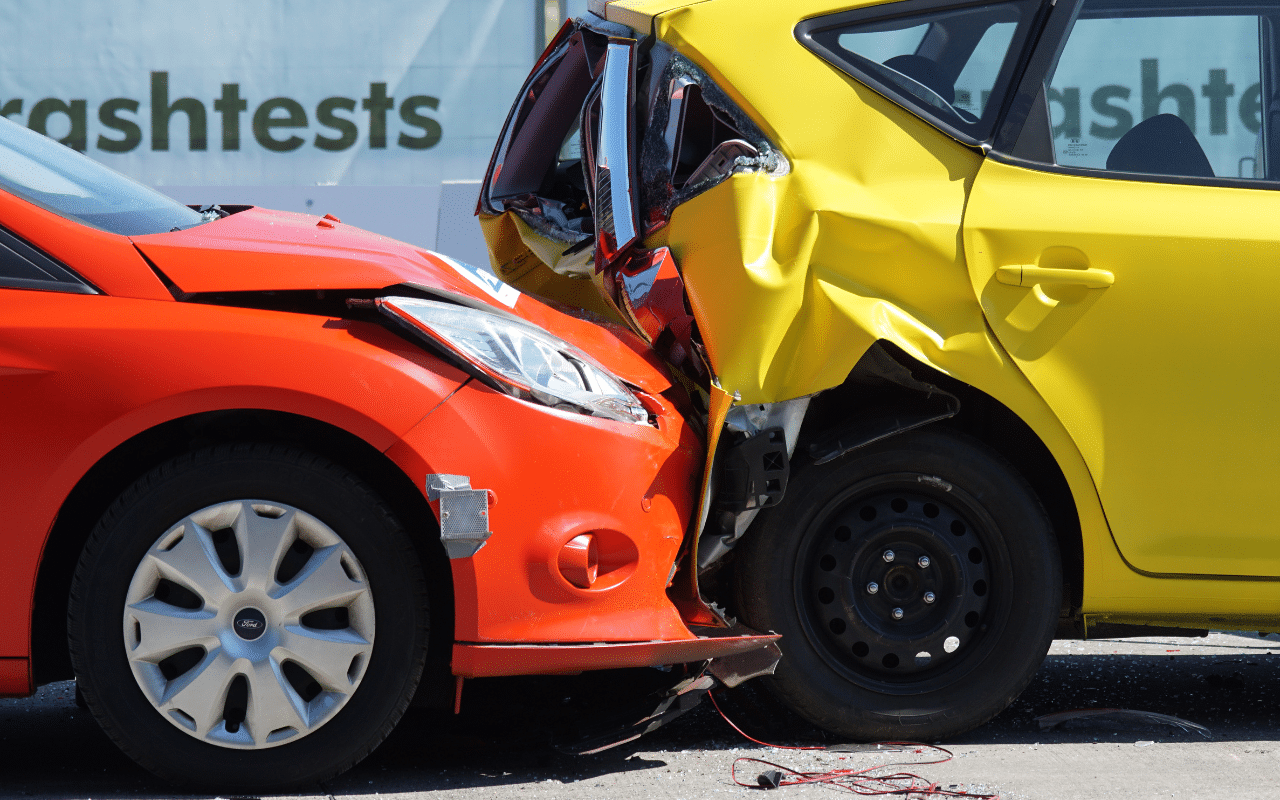

Car crashes in Queensland can happen unexpectedly, and the moments following an accident can be overwhelming. Whether it’s a minor fender-bender or a major accident, staying calm and managing your emotions is crucial. In Queensland, there are specific steps you should follow to ensure your safety, protect your legal rights, and reduce the chaos that often comes with car accidents.

Several vital factors often cause car accidents in Australia. Some of the main reasons are driving while distracted, going too fast, and driving while drunk. However, Road Rage: Its Impact on Road Safety and How to Prevent It also plays a big part in the rise in accidents. Aggressive driving behaviours, tailgating, and deliberate unsafe actions by drivers frustrated by traffic conditions contribute to many incidents. Drivers must always stay calm, polite, and focused to avoid accidents.
In Queensland, as in other parts of Australia, driver fatigue is another common factor. Long stretches of road, especially in rural areas, can lead to drivers losing concentration or falling asleep behind the wheel. This is why it’s essential to take breaks often on long trips to stay awake and ready to respond quickly to changes in traffic.

If you want to learn about local car accidents, there are several ways to stay informed. Queensland has real-time traffic information available through the Department of Transport and Main Roads (TMR). The TMR website and mobile apps offer live traffic updates, including reports on accidents, road closures, and detours. This can be very helpful if you want to plan a trip but want to avoid going through places where accidents have happened.
Another helpful option is using navigation apps such as Google Maps or Waze, which provide real-time updates on accidents and road conditions based on user reports.
Do You Have to Report a Car Accident to Police WA?
In Western Australia, it is mandatory to report a car accident to the police under certain circumstances. If someone is injured, if the damage exceeds $3,000, or if the crash involves a government vehicle, the police must be notified. If none of these conditions apply, you are still encouraged to report the accident for insurance purposes or if there is a dispute about who was at fault.
When reporting an accident to the police, it’s essential to provide accurate details about the time, location, and extent of the damage or injuries. If you need help deciding whether to report the accident, it’s always better to err on the side of caution and make the report, as failure to do so sometimes can result in fines or legal consequences.
New South Wales’s car accident reporting rules are slightly different but still straightforward. You are required to report an accident to the police if there is a fatality or severe injury, if one of the drivers involved is under the influence of alcohol or drugs, or if a vehicle needs to be towed away due to damage. You can tell the police about the accident by calling 131 444 or visiting the office closest to you.
If the accident is minor and does not meet the criteria for mandatory reporting, drivers are encouraged to exchange details such as name, address, vehicle registration, and insurance information. This can help expedite any insurance claims and ensure all parties are covered.

If you’re involved in a car crash in Queensland, follow these steps to ensure everyone’s safety and fulfil your legal obligations:
Accidents often happen at high-risk locations, such as busy intersections, school zones, or construction areas. By installing speed humps and other traffic-calming devices, these places can see a significant drop in accidents. Speed humps tell cars to go slower and be more careful, especially in areas where people are on foot or on bikes.
At Speed Humps Australia, we specialise in providing high-quality speed humps and traffic safety solutions to enhance road safety in high-traffic areas. We aim to make Queensland’s roads safer for everyone, whether you’re a driver, pedestrian, or cyclist.
Unfortunately, accidents happen when you’re driving. But if you know what to do right away, you can save lives, and protect your civil rights, the rights of your passengers, and yourself. Understanding how to report accidents in Queensland and other parts of Australia ensures that you comply with the law and safeguard your insurance claims. Additionally, staying informed about local car accidents and promoting road safety measures like speed humps can help reduce the risk of crashes.
You can handle the situation effectively and minimise further complications by remaining calm and following these steps after a crash.



For 10 years, our focus has been on one thing: to provide one style of product and to do it well.
Our wheel stops, speed humps and rumble bars meet Australian Standards, don’t fade, and we’ve never needed to replace one.

For 10 years, our focus has been on one thing: to provide one style of product and to do it well.
Our wheel stops, speed humps and rumble bars meet Australian Standards, don’t fade, and we’ve never needed to replace one.